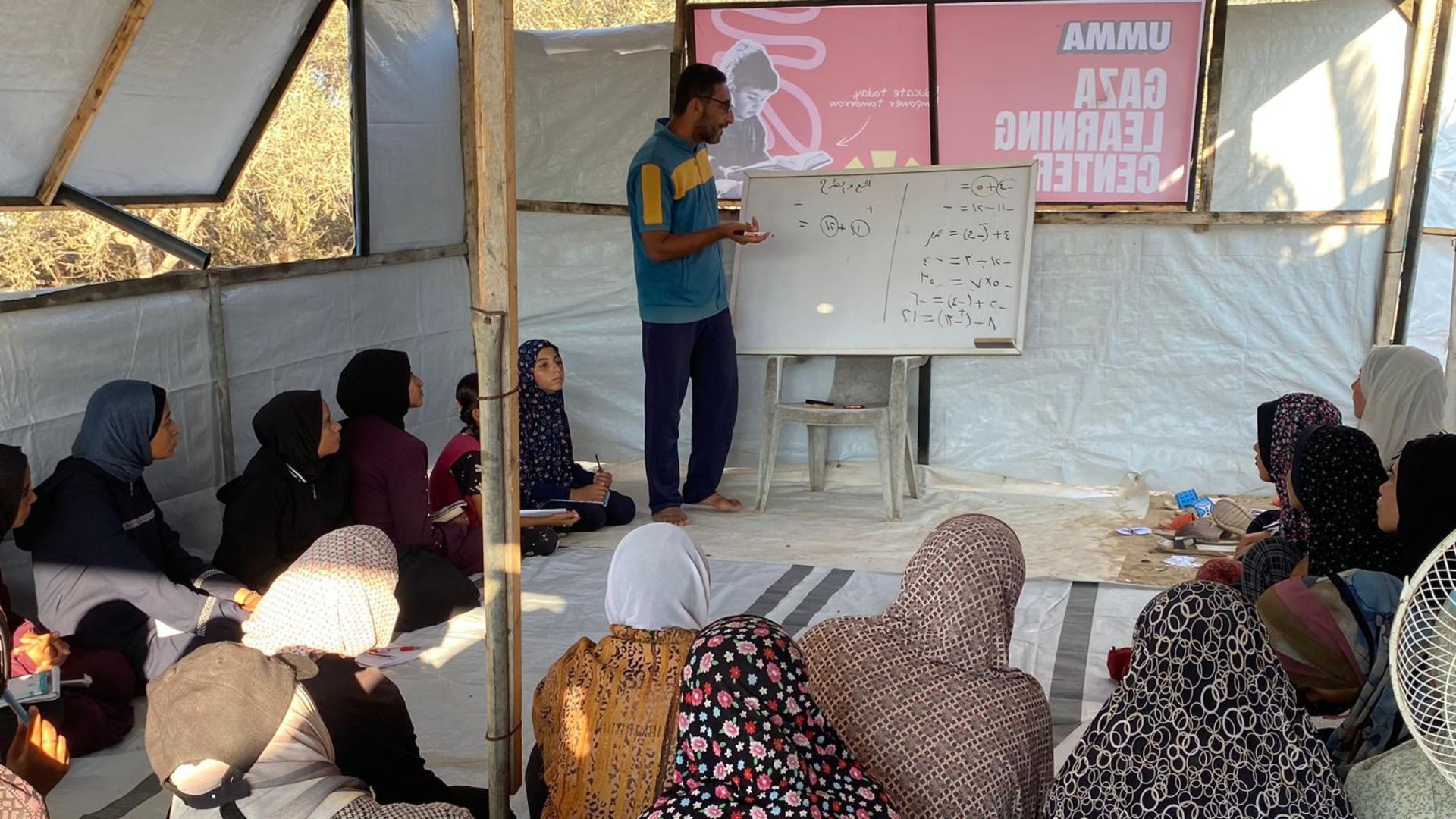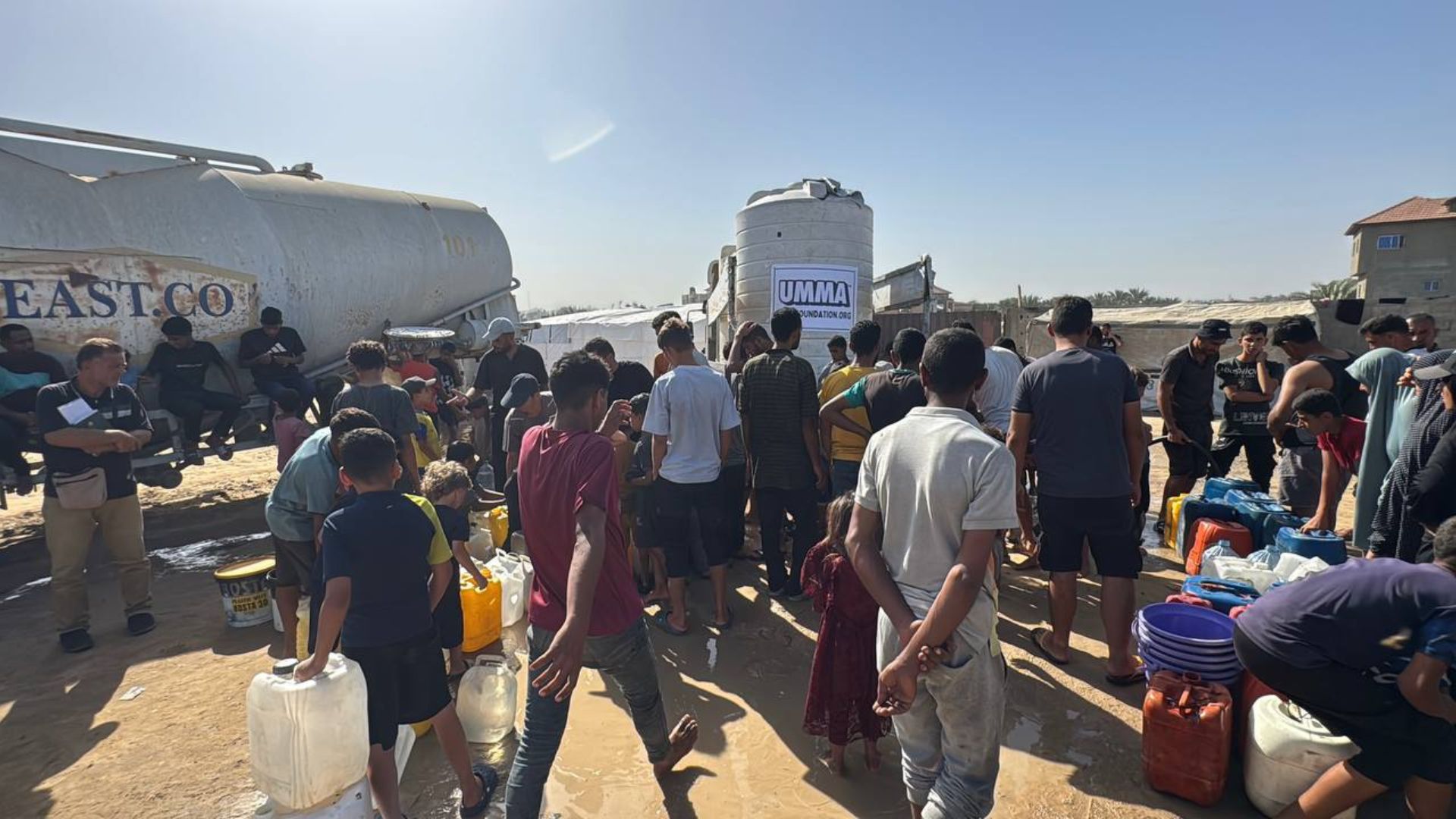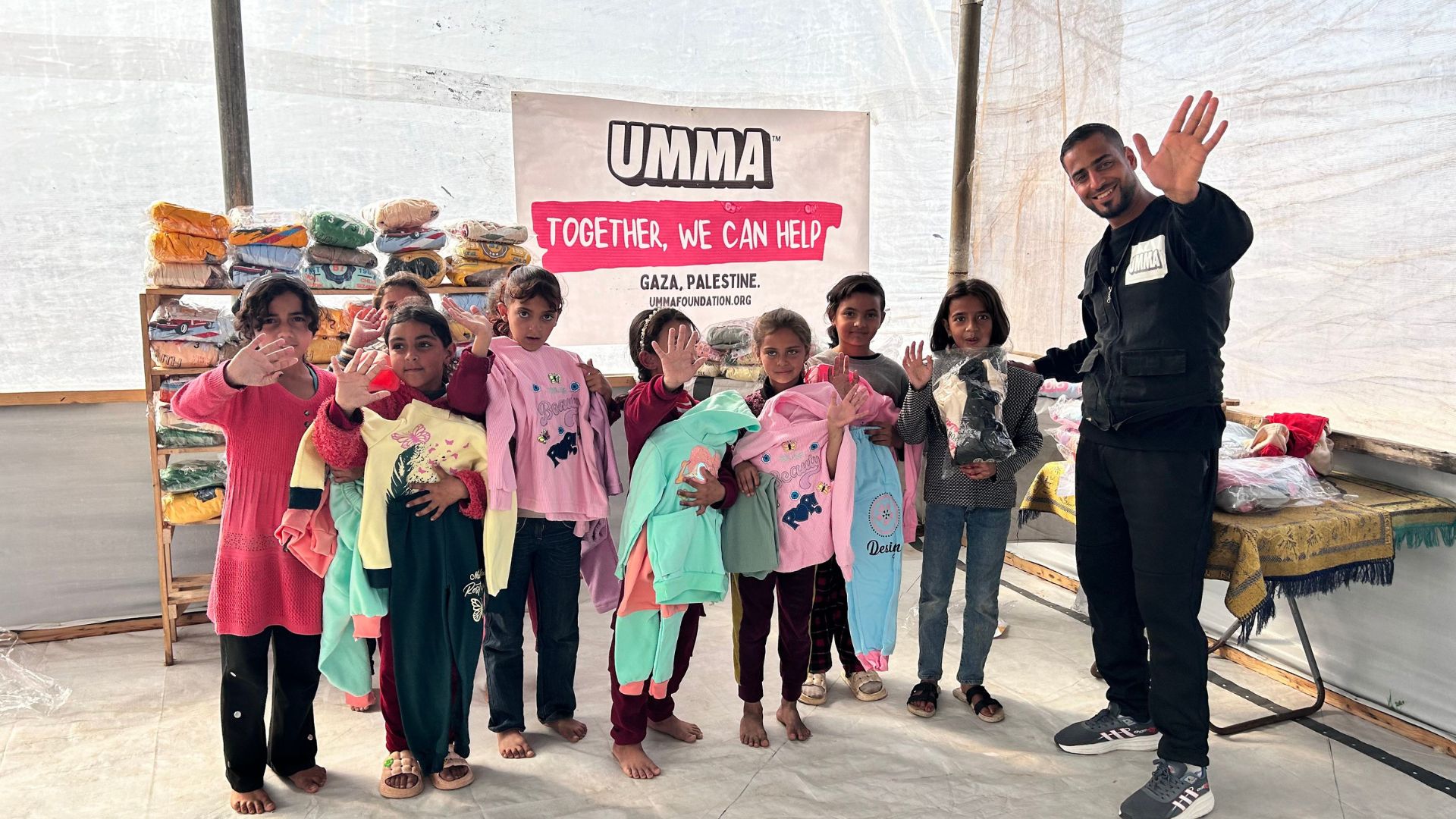The Ongoing Crisis in Gaza
The humanitarian crisis in Gaza is one of the most severe in the world. Decades of conflict, economic blockade, and limited access to basic services have left millions in despair. The situation has escalated in recent years, making daily life unbearable for most residents.
In 2024, the poverty rate in Gaza reached 74.3%, and unemployment stood at 45%, with youth being the most affected. These staggering figures reflect the harsh reality of living under siege.
At UMMA Foundation, we’re committed to addressing urgent needs by delivering food, medical supplies, and dignity to those suffering in Gaza. But the world needs to know: Why is Gaza in crisis?
Conflict and Blockade: The Roots of the Crisis
Military Occupation and Recurrent Violence
For years, Gaza has been at the center of armed conflicts that have destroyed homes, schools, and hospitals. With each escalation, civilians bear the brunt—especially children.
Economic Blockade
The ongoing blockade on Gaza restricts movement of people and goods. It severely limits access to fuel, construction materials, food, and medicine. As a result, the economy in Gaza has collapsed, creating widespread poverty and dependency on aid.
Political Fragmentation
Internal political divisions and external isolation have made governance ineffective. Local authorities struggle to meet even the most basic needs of the population.
Poverty in Gaza: Causes and Consequences
Lack of Access to Resources
The blockade has choked the economy, leaving families unable to afford food, water, or medicine. Over 63% of Gaza’s population is food insecure.
Housing and Infrastructure Breakdown
Electricity is available for just a few hours each day. Many families live in damaged or temporary shelters, with limited access to clean water or sewage systems.
A Generation at Risk
With few job opportunities and crumbling schools, Gaza's youth are trapped in a cycle of poverty, trauma, and hopelessness. Many children suffer from malnutrition and psychological stress.
Impact of Blockades on Gaza's Economy
Collapsed Private Sector
Manufacturing and agriculture have nearly disappeared. Farmers can’t export crops, and factories often shut down due to power outages or lack of supplies.
Aid Dependency
80% of the population relies on humanitarian aid to survive. While aid is essential, long-term solutions require lifting the blockade and rebuilding Gaza’s economy.
Education and Health Sectors in Ruin
With frequent power cuts and bombed facilities, schools and hospitals operate at minimal capacity. Doctors lack supplies, and students learn in overcrowded classrooms or tents.
Unemployment and Youth in Gaza
A Lost Generation
The unemployment rate in Gaza is among the highest in the world, and nearly 70% of youth are jobless. Graduates with degrees have no jobs to apply for. The future feels blocked.
Psychological Impact
Years of violence, economic stress, and lack of mobility have created a mental health crisis. Depression, anxiety, and PTSD are widespread among young Gazans.
How You Can Help Gaza Today
Donate to Humanitarian Relief
UMMA Foundation delivers food, medical aid, and clean water directly to families in Gaza. Every donation goes toward life-saving support for the most vulnerable.
Raise Awareness
Share articles, stats, and videos to spread the truth about life in Gaza. The more people who understand, the more pressure there is for change.
Support Long-Term Solutions
In addition to emergency aid, UMMA Foundation invests in:
- Local agriculture and fishing support
- Educational kits for children
- Mobile health clinics
Partner with us: ummafoundation.org/contact
Conclusion: Gaza Needs Us Now
The Gaza humanitarian crisis is not a temporary emergency—it is a prolonged human tragedy. But it is not hopeless.
With the right support, we can help families survive today and rebuild for tomorrow. UMMA Foundation is on the ground delivering dignity, one meal and one smile at a time.
Join us. Donate to Gaza. Share the truth. Be part of the solution.











